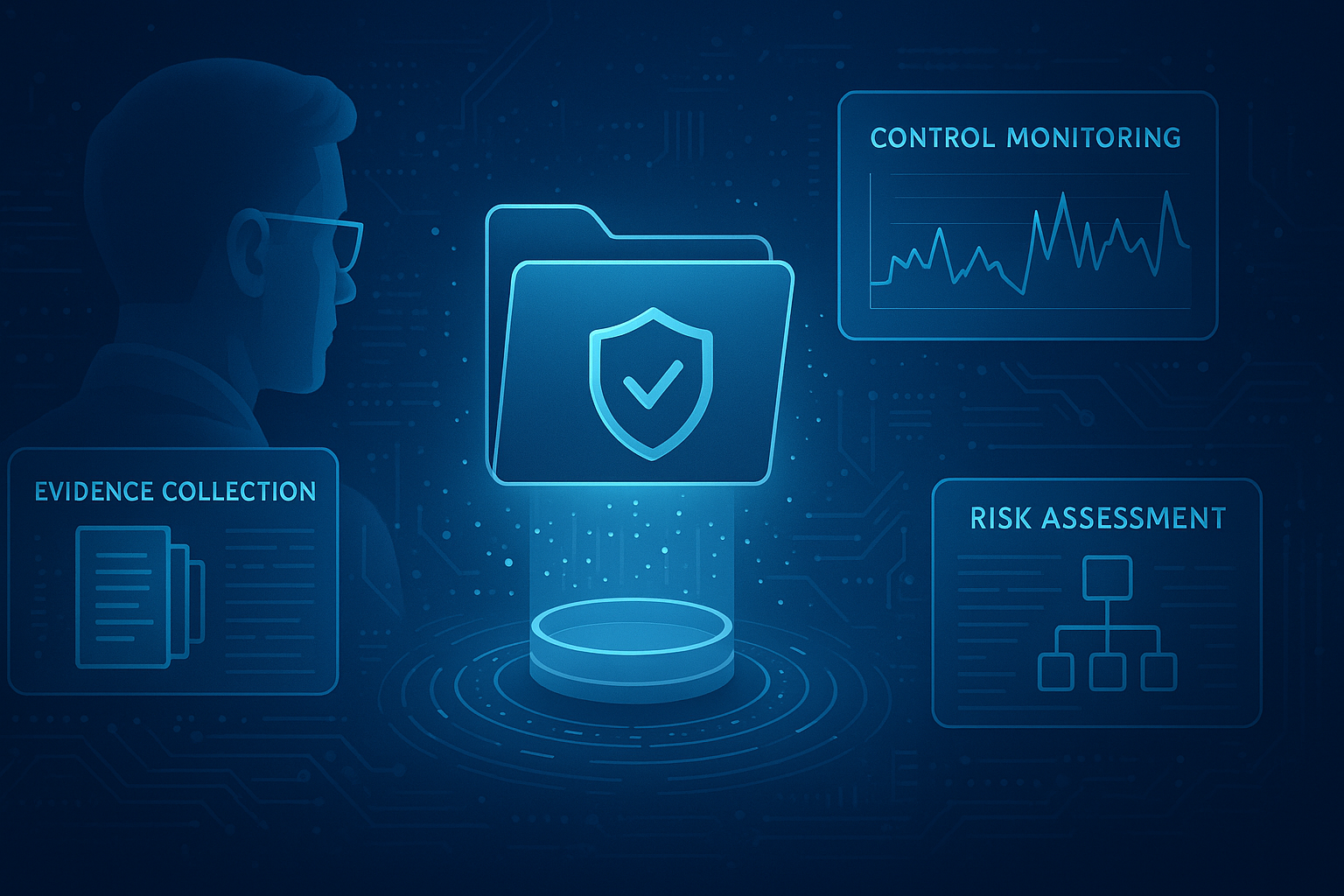For organizations looking to implement a cybersecurity framework or standard, the NIST Cybersecurity Framework is considered the most thorough way to apply best practices. While many other frameworks are available, the NIST CSF provides a nationally recognized guideline as you scale your business and cybersecurity program. For defense contractors, regulations such as DFARS 252.204-7012 pull from NIST controls to build the required standards by which contract bids are now evaluated.
We conservatively estimate that implementing the NIST CSF was worth $1.4 million for By Light, a mid-sized government contractor that won a one-year DoD contract awarded in 2017. According to Washington Technology, By Light brings in about $230 million in revenue each year.
The company won the DoD contract, worth $59.5 million alone, even though a competitor underbid the project by about $3 million. The reason was largely due to By Light having implemented the NIST CSF. Our estimate is probably conservative because a $60 million contract is relatively small.
The DoD proposals were judged on four factors and cost, with each of the four factors weighted equally.
Winning company (by light) / Losing company
Factor 1: Acceptable / Acceptable
Factor 2: Good (better cybersecurity) / Acceptable
Factor 3: Acceptable / Acceptable
Quality of management: Good (better management approach) / Acceptable
Projected cost: $59,487,541 / $56,677,105
The winning company exceeded the losing company in two areas. The first was its cybersecurity, which won Factor 2. The second area was a superior management approach, Factor 4.
The winning company won despite bidding $2,810,436 more than the losing company, representing about 5% of the value of the contract. Since each factor was weighted equally in the decision, we attribute cybersecurity to half of the additional value. Therefore, implementing the NIST CSF was worth at least $1,405,218 to the winning company, or 2.5% of the contract.
NIST CSF Could Be the Key to Winning Contracts
According to NIST, 87% of Department of Defense contracts have the DFARS 252.204-7012 standard written in them by July 2017. These standards all converge and contain NIST controls. Implementing the NIST Cybersecurity Framework was the critical factor in the DoD’s final decision described above, according to the U.S. Government Accountability Office. It was noted that:
“[The winning company] proposed to incorporate the voluntary NIST CSF on top of its compliance with the baseline cybersecurity requirements, which was the basis of the unique strength awarded to its proposal.” (Page 9)
The U.S. Government Accountability Office’s report stated:
“Specifically, the strength was evaluated as follows:
The NIST Framework for Improving Critical Infrastructure Cybersecurity enables organizations to support and improve cybersecurity practices based on their business needs, risk tolerance, and available resources. […] It supports using a set of industry standards and best practices to help manage cybersecurity risks that offer tangible benefits, including improved efficiencies. Using this Framework as a management tool will support identifying activities that are most important to critical service delivery and allow for prioritization expenditures to maximize the impact of investment.” (Page 6)
The U.S. Government Accountability Office’s statement went on to say:
“The fact that the NIST CSF is seen as a positive addition to existing cybersecurity standards and guidelines and may ultimately be mandated in whole or in part does not undermine the reasonableness of the evaluated strength for By Light’s commitment to voluntarily implementing the framework before the framework becoming mandatory.” (Pages 8-9)
Are Similar Frameworks Still Worth Implementing Separately?
Some frameworks are very similar to each other in function. The losing company claimed that the RMF that the company had implemented was so robust, that adding the CSF didn’t matter. In short, they were saying the frameworks are pretty much the same.
While we cybersecurity aficionados cringe at the idea that “frameworks are pretty much the same,” the argument in this case is far from ludicrous. Both frameworks were designed by NIST but for different audiences. RMF is mandatory for the federal government, and CSF is optional for the private sector. Both are typically fulfilled with controls from the same NIST 800-53 catalog. In the closing company’s words, “Given how complete the DoD RMF already is, the CSF may have little to add when it is ultimately incorporated.” (Page 8)
Although it’s true there are similarities between frameworks—which means your second framework will be easier to implement than the first—the U.S. Government Accountability Office ruled similar frameworks are separately valuable. The report states, “The two NIST standards are separate and complementary.”
This means the U.S. Government, at least when awarding contracts, considers each cybersecurity framework, even those that are similar, as “distinct” and “complementary.” That suggests companies should implement multiple cybersecurity frameworks in order to gain an advantage in bidding on U.S. Government contracts.
On that note, it might be worth implementing as many frameworks as possible since each will be progressively easier. Unfortunately, the more frameworks you implement, the more difficult it will be to keep track of them all, especially for companies managing these processes with spreadsheets. However, cybersecurity management solutions are working to streamline NIST and DFARS compliance.
How to crosswalk from one framework to another
Because cyber frameworks overlap, your second framework should be easier to implement than your first. But crosswalking — determining how and where an outcome in one framework translates into another framework — can be difficult and tedious.
You must find a map between two frameworks to manually crosswalk between them. Appendix H of NIST 800-53 Revision 4, for instance, provides maps between NIST 800-53 and ISO 27001. From there, you associate compliance notes, evidence, and artifacts between the frameworks according to the mappings.
Done manually, this can be an arduous undertaking of sorting and toggling between standards, potentially taking days or even weeks. If you have started with ISO or PCI and want to project that work into the Cybersecurity Framework, you will have over one hundred controls and associated compliance states needing to be mapped to 98 subcategories and 301 controls.
by CyberSaint co-founder Scott Schlimmer on CSO Online.
CyberStrong for DFARS, NIST, and any other framework like GDPR, PCI, etc., can help you easily address any mix of standards, including the robust NIST Framework. CyberStrong helps you scale compliance and risk management framework by framework. You can now add and rapidly comply with new frameworks in-house and easily manage and report on your compliance posture.





.png)
.png)
.png)
%201.png)
.png)




